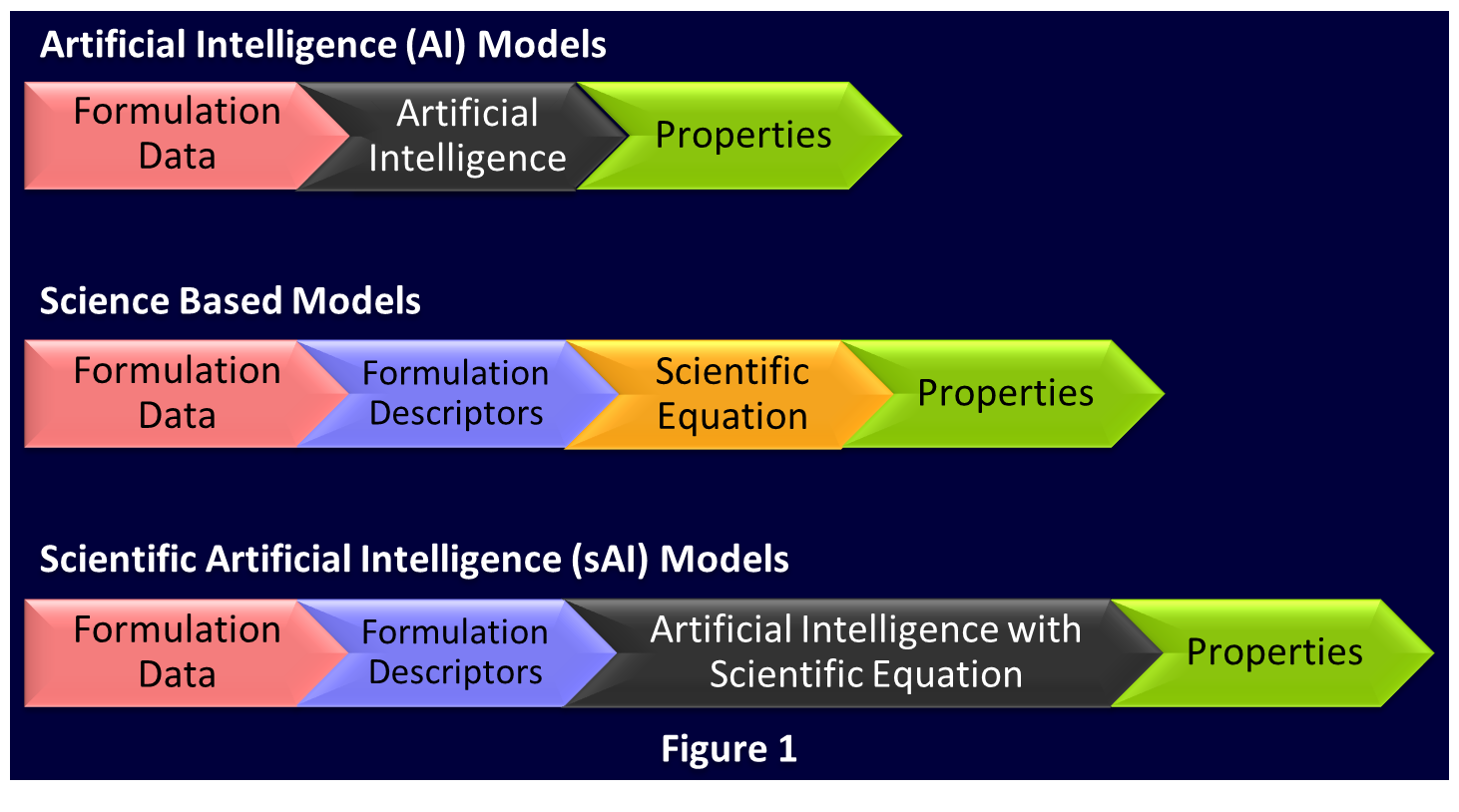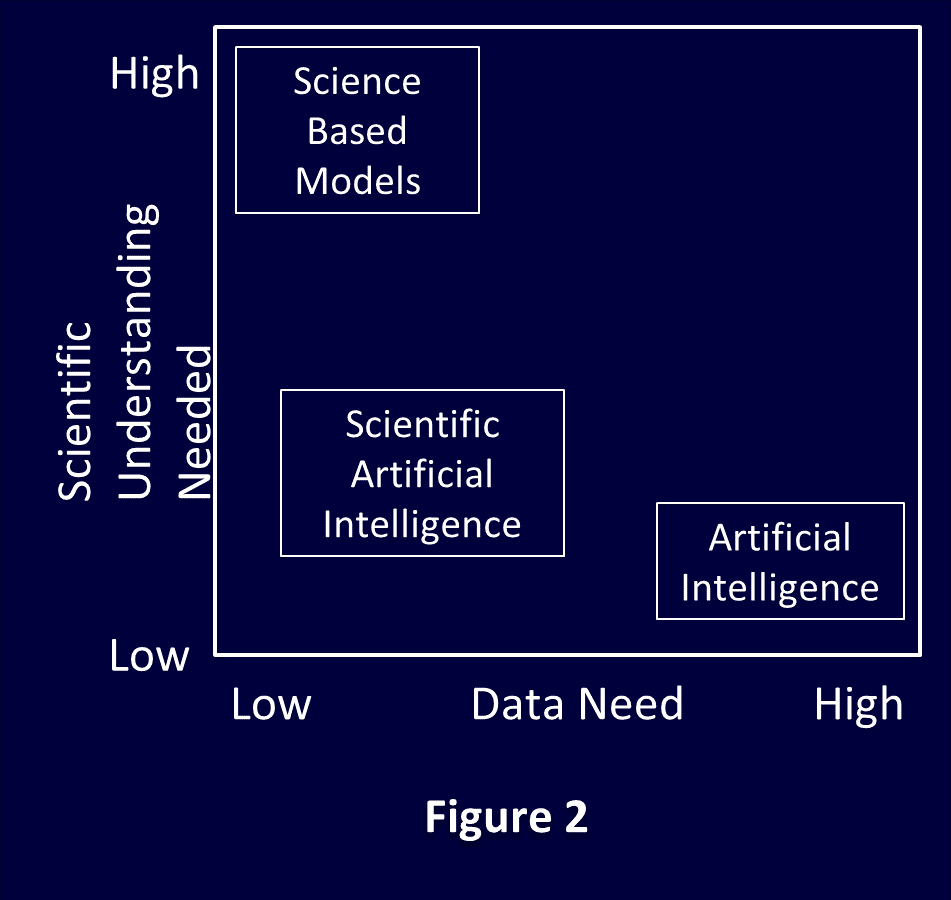Intugent is a pioneer in combining material science and Artificial Intelligence. The scientific Artificial Intelligence (sAI) models are more accurate than the conventional Artificial Intelligence (AI) models and require less data for training the models.
Conventional AI has been around at least since 1955, but it has found commercial application only recently. These applications are in the areas of robotics, face and speech recognition, data mining, and banking software due to availability of large data sets and high-power computing (HPC) systems. Its applications in materials science applications are very limited if any due to lack of big data. In his article titled “AAAS: Machine learning 'causing science crisis' ”, P. Gosh, the science correspondent for the BBC news, reported that machine learning techniques used by thousands of scientists to analyze data are producing results that are misleading and often completely wrong. He quotes Dr. Allen of Rice University that the scientists need to improve their machine learning techniques.

